The genre of sci-fi is known for being ambitious and breaking new grounds, whether that be through visual effects or imagination. Movie audiences are no strangers to the massive blockbuster Sci-fi, as every year the budget and scope of these films climb higher and higher.
Aspiring filmmakers with their own high concept ideas may be left wondering: Is it possible to make a brilliant science fiction film on a relatively low budget? Can theatre-going audiences have their minds blown for less than 100 million dollars? Many low budget filmmakers have succeeded in exactly this, stretching the Sci-Fi boundaries while making the most of a tight allotment.
Existenz ($15m)

Though still on the higher end of the “low budget” category, David Cronenberg’s eXistenZ pulls off a lot of heavy ideas with fewer resources than most Hollywood films. This film came out the same year as The Matrix, covered similar ideas, but cost less than 1/4 of The Matrix‘s $63 million. Hard to believe, as eXistenZ features significantly more tactile and off-putting special effects.
With high concept ideas like virtual reality and a game developer on the run from assassins, the film manages to break new ground while holding its own against contemporary big-budget sci-fi flicks.
Ex Machina ($15m)

Ex Machina‘s budget of $15 million is impressive for many reasons. Firstly, the film stars two future franchise heavyweights, Domhnall Gleeson and Oscar Isaac, both of whom play big roles in the Star Wars franchise just a year after Ex Machina. Post Star Wars, the two leads could likely rake in $15 million each for an acting gig.
Beyond the actors, this film also features some of the best AI robot special effects of all time. Ava’s design is both simple and innovative, no doubt requiring some incredibly clever compositing to pull off. Nonetheless, at no point does she come across as fake, which is massively important in a film centered around a relationship with an android.
Attack The Block ($8m)
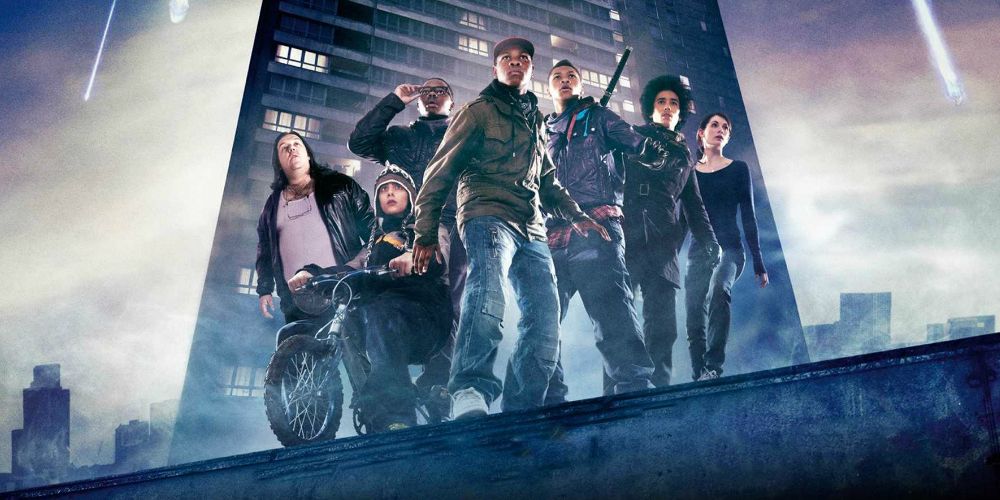
Another low budget Sci-Fi film lead by a future Star Wars actor. Attack The Block is a fresh take on the all too familiar alien invasion story, starring John Boyega, among others. Attack The Block reinvigorates the well-known alien invasion plot with British cinematic energy.
Despite there being dozens of plots based around a similar earth-shattering event, Attack The Block never feels like it’s retreading old ground. With a perfect blend of horror and humor, great performances all around, as well as a one-of-a-kind alien design, this is a must-watch for any fan of Sci-Fi or British cinema.
I Am Mother ($5m)
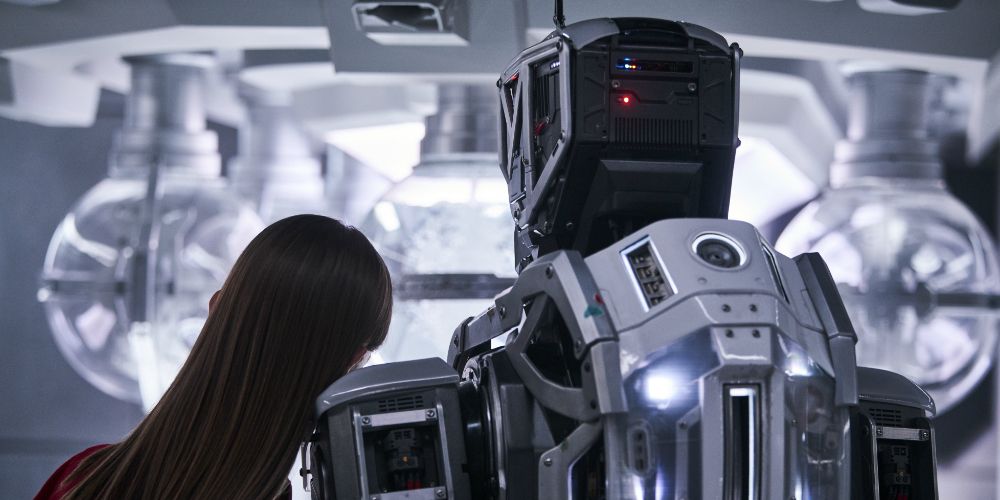
With computer-generated imagery constantly increasing in quality while decreasing in cost, it’s no wonder why even big-budget films today often opt for fully CG characters and settings. Nonetheless, it’s always impressive to see practical effects pulled off in a convincing way. I Am Mother does exactly this, on a tight budget nonetheless.
Not only does this film speak to the production’s ability to stretch a small budget, but it also puts on display some of the industry’s most talented visual effects artists. It may be hard to believe upon viewing the film, but the Mother robot is almost entirely a practical effect. This film is worth a watch if only to see a talented group of dedicated artists bring to life an incredible visual effect.
Moon ($5m)
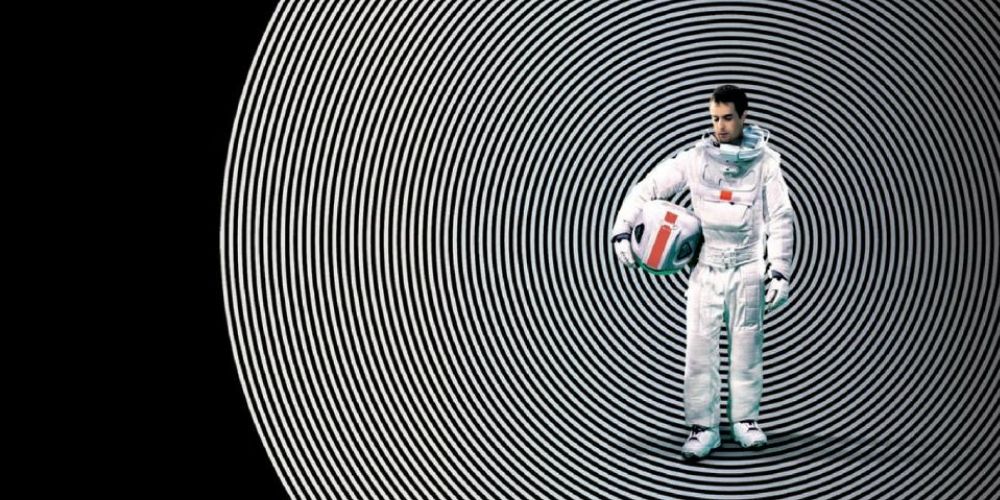
Part of the appeal of the sci-fi genre is, of course, theorizing about the future and other worlds. Yet, the sci-fi that lasts is always that which is rooted in relatable characters and their actions. 2009’s Moon is like that, entirely rooted in its characters, and will therefore likely go on as a timeless piece of science fiction.
The film follows an astronaut under-going heavy emotional trauma at the end of a long mission on the dark side of the moon. Sam Rockwell’s performance is strong, bringing much-needed thoughtful energy to the Science Fiction genre.
Scanners ($3.5m)
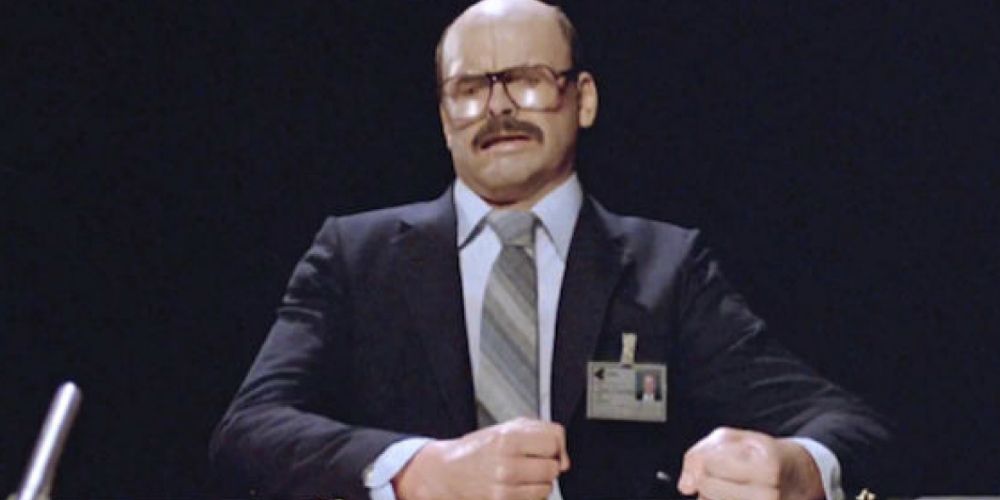
David Cronenberg clearly has a knack for making a small budget go a long way. Scanners, like other Cronenberg films, features tons of great body horror, including what is widely considered to be the greatest head explosion of all time. Like other low budget sci-fi movies, Scanners is a testament to visual effects artistry.
The film is concerned with telepaths, dubbed “scanners,” and an evil weapons corporation trying to use their abilities for their own purposes. It’s got many of the hallmarks of ’80s sci-fi, between body horror and evil CEOs.
Beyond The Black Rainbow ($1.1m)
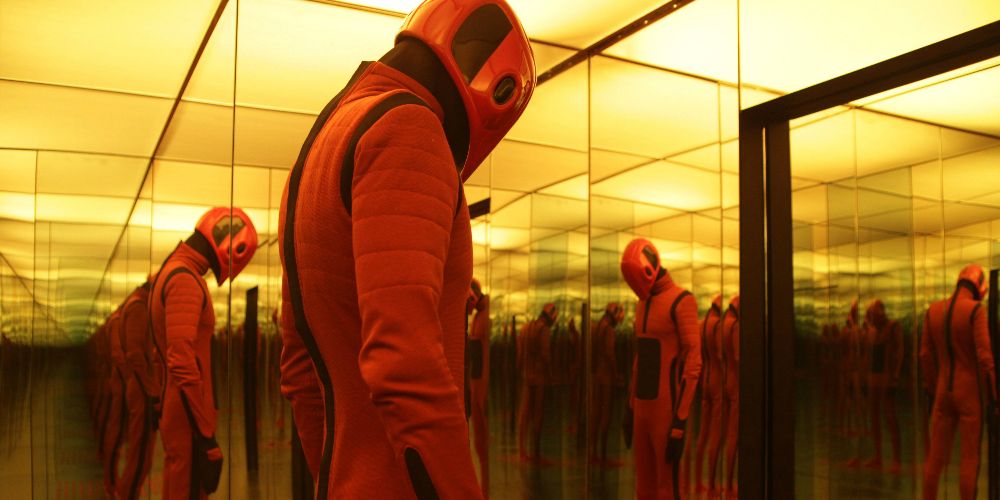
Hailing from Greece, director Panos Cosmatos has earned a reputation for his surreal, downright off-putting films. Most notably, he directed the film Mandy, a heavy metal fantasy horror film starring Nicolas Cage. Yes, it’s as fun as it sounds.
Before Mandy, however, Cosmatos directed a small budget sci-fi horror film, Beyond The Black Rainbow. Like his other work, this film is surreal and exciting. A must watch for any fans of heady sci-fi, cyberPunk, and the like. This film oozes with style and vision like few others.
Monsters ($500,000)

Even big-budget filmmaker Gareth Edwards started small before moving on to direct massive films like Godzilla and Rogue One: A Star Wars Story. Yet, even with a significantly smaller budget than his franchise endeavors, Edwards cannot resist the appeal of a massive scale.
Despite the smaller budget, Monsters retains an at times almost Lovecraftian sense of monstrosity. It is amazing that this movie was pulled off with the budget it had, as on paper the story seems nearly impossible to tell with a $500,000 price tag.
Cube ($350,000)
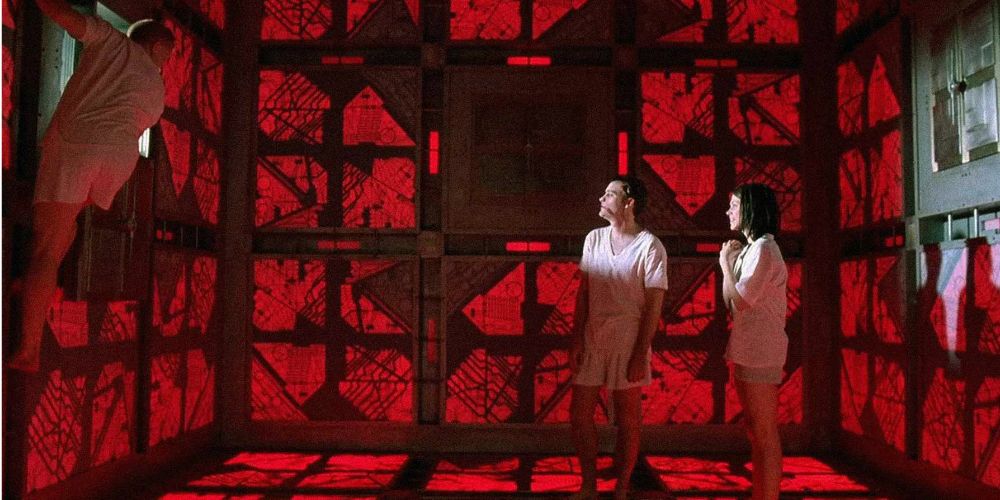
Before there was Jigsaw, there was Cube. Imagine if the Saw franchise was set in a techy maze, with a dash of sci-fi and slightly more humanity. That’s essentially what Cube has to offer anyone looking for a low budget Sci-Fi.
The film released in 1998 and garnered $9 million at the box office on a budget of $365,000 dollars. As a result of such a high box office turn around, an attempt to turn Cube into a franchise was made. Despite a lackluster sequel and prequel, the original remains a classic in the niche genre of puzzle-solving-horror-Sci-Fi.
Primer ($7,000)
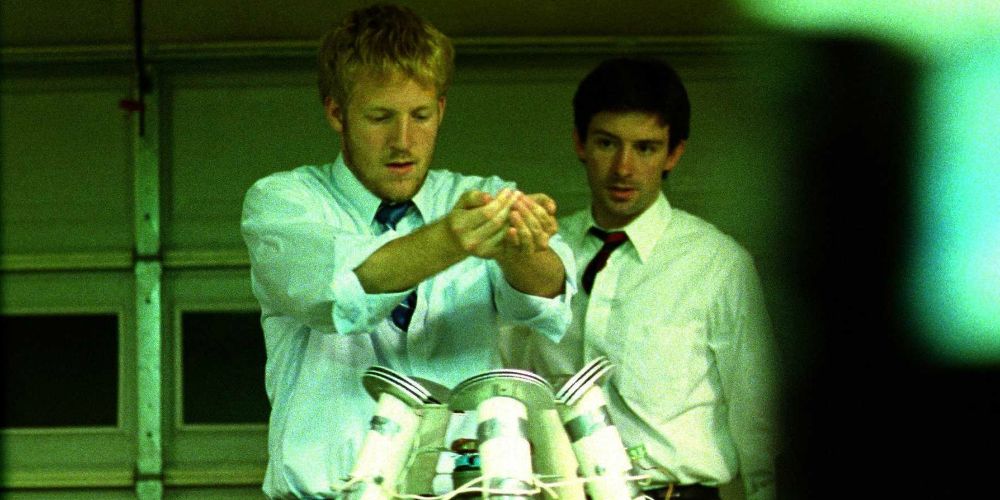
Time travel movies are problematic. They’re full of paradoxes, plot holes, and tons of exposition. As MCU fans will tell anyone whenever Avengers: Endgame is brought up, it’s always a risk to bring the element of time travel into any movie.
As if a micro-budget of $7,000 was enough of a risk, Shane Caruth also attacks the time travel trope head-on in 2004’s Primer. The film’s plot concerns the discovery of time travel. It’s heady, experimental, highly technical, and above all inspirational. To succeed in a high-concept low-budget film such as this is a dream for any aspiring filmmaker.




